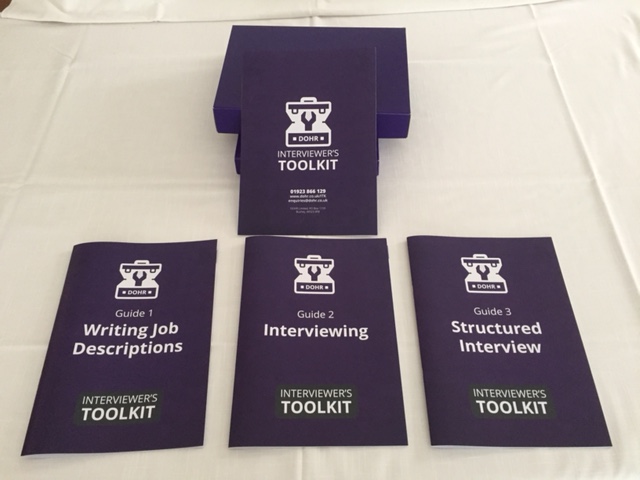Recruiting the wrong people costs your business time and money!
We can help you to save your business ‘000s of £££
By getting the right people in your business when you need them.
So if…….
-
you recruit the wrong person and
-
spend time training them and
-
they are wrong for your business and
-
they are rude to your clients and
-
they make mistakes with their work and
-
they don’t get on with colleagues and
-
they upset suppliers and
-
you need to start the whole process again
………… How much will it cost you in terms of time, money & stress?

Hiring the right people is easier said than done.
It takes effort, and the right process.
We’ve spent A LOT of time honing that process, so much so that a lot of our clients ask us to help with their recruitment.
A couple of years back I had a few conversations with people who wanted to understand more about our process, so they could implement it into their business.
I told them how we did it, but they wanted more.
So I locked myself away, with the aim of creating a resource that people could use throughout their recruitment process.
Something that walked them through it in ‘step by step’ fashion; helping them with interviews, with candidate selections; the whole thing.
The result?
The Interviewer’s Toolkit.
This comprehensive pack contains guides, templates, and frameworks designed specifically for people responsible for hiring, and contains everything you could possibly need, from job description templates to interview structure.
Here’s what’s included:
– Process flow chart, guiding you through the whole recruitment process from beginning to end.
– Guide to writing job descriptions. The right job description will have a huge bearing on the quality of candidates you can attract – this guide shows you how to write the perfect job description
– Job description templates. As well as the guide, you’ll get templates written by professionals that you can just tweak and get out there.
– Guide to interviewing. There’s nothing worse than hiring the wrong person who reveals their true colours after they’ve started. With the right interview you can massively reduce that risk, and that’s what you’ll learn how to do in the interview guide.
– Interview structure. The truth is that there is such a thing as a ‘good interview’, and there’s a structure you can follow to make that happen.
– Candidate letters. There is a correct way to deal with candidates throughout the process, and in the toolkit, you’ll get template letters to send out to candidates for each eventuality.
Sounds pretty good, right?



